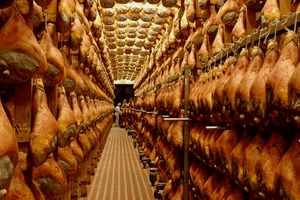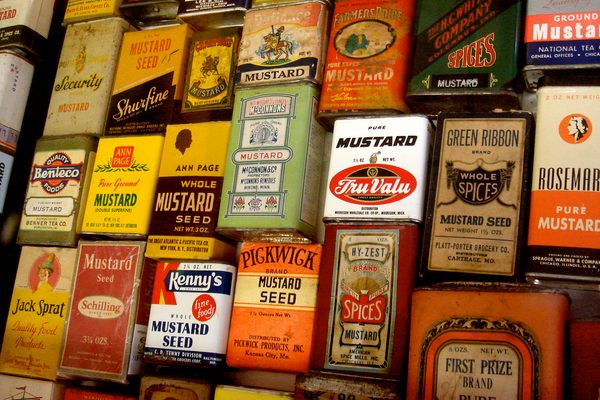About
In the early part of the 20th century, coffee was Brazil's main export and source of money. The Coffee Palace was where that money was made.
Inaugurated in 1914 in the coastal town of Santos, the Brazilian "Palace of the Official Coffee Stock Exchange" was where the price of these coffee beans was determined. In effect, it was the financial center of Brazil, the coffee version of New York's Stock Exchange. It remained an active trading floor until 1950.
This wealth generated by coffee is clearly reflected in the grandness of the nicknamed "Coffee Palace." The building is topped with a 120-ft tall clock tower while Ceres, goddess of agriculture, and Mercury, god of commerce, look out from either side of the entrance. Inside, the opulence continues with an elaborate stained glass ceiling, inlaid marble floors, and a table made from jacaranda wood in the trader's room.
The two floor Coffee Museum housed within has scales, sacks, tasting tables, photography, and dioramas depicting the earlier era. Downstairs there is a cafe where you can sample coffees from around Brazil.
Related Tags
Know Before You Go
Well located in the central region of the city. The coffee shop closes on Sundays and the museum closes on Mondays. In the summer, both are open during extended hours. Price of admission is R$10.
Wild Brazil: Rivers, Dunes & the Amazon
Explore Amazon villages, fish for piranha, and cool off in lagoon-covered sand dunes.
Book NowPublished
February 16, 2012








































